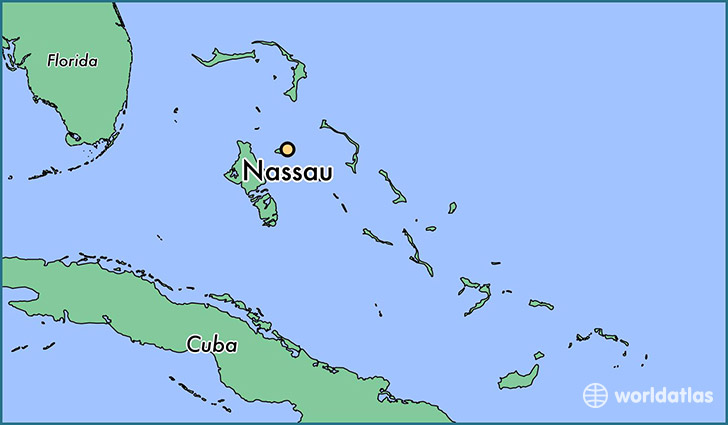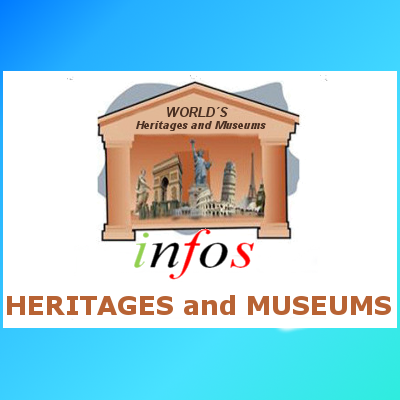What you need to know about Nassau City

Nassau is the capital, largest city, and commercial centre of the Commonwealth of the Bahamas. The city has an estimated population of 274,400 as of 2016, or 70 percent of the entire population of the Bahamas. Lynden Pindling International Airport, the major airport for the Bahamas, is located about 16 kilometres (9.9 mi) west of Nassau city centre, and has daily flights to major cities in the United States, the Caribbean, Canada, and the United Kingdom. The city is located on the island of New Providence, which functions much like a business district. Nassau is the site of the House of Assembly and various judicial departments and was considered historically to be a stronghold of pirates. The city was named in honour of William III of England, Prince of Orange-Nassau.
Nassau’s modern growth began in the late eighteenth century, with the influx of thousands of American Loyalists and their slaves to the Bahamas following the American Revolutionary War. Many of them settled in Nassau (then and still the commerce capital of the Bahamas) and eventually came to outnumber the original inhabitants.
As the population of Nassau grew, so did its populated areas. Today the city dominates the entire island and its satellite, Paradise Island. However, until the post-Second World War era, the outer suburbs scarcely existed. Most of New Providence was uncultivated bush until Loyalists were resettled there following the American Revolutionary War; they established several plantations, such as Clifton and Tusculum. Slaves were imported as labour.
After the British abolished the international slave trade in 1807, they resettled thousands of Africans liberated from slave ships by the Royal Navy on New Providence (at Adelaide Village and Gambier Village), along with other islands such as Grand Bahama, Exuma, Abaco and Inagua. In addition, slaves freed from American ships, such as the Creole case in 1841, were allowed to settle there. The largest concentration of Africans historically lived in the “Over-the-Hill” suburbs of Grants Town and Bain Town to the south of the city of Nassau, while most of the inhabitants of European descent lived on the island’s northern coastal ridges.
Population
The city has an estimated population of 274,400 as of 2016, or 70 percent of the entire population of the Bahamas.
Language
English (more British than American) is the official language in Nassau, but you’ll likely encounter the locals speaking a more colorful Bahamian Dialect, which is English intertwined with Bahamian Creole.
Currency
According to Frommers, the official currency in Nassau, Bahamas is the Bahamian dollar. The Bahamian dollar is pegged to the U.S. dollar, making the two currencies continually equivalent. Nassau Paradise Island notes that the U.S. dollar is accepted as a form of currency in many places in Nassau.
Geography
Located on New Providence Island, Nassau has an attractive harbour, a colourful blend of old world and colonial architecture, and a busy port. The tropical climate and natural beauty of the Bahamas have made Nassau a popular tourist destination.
Nassau developed directly behind the port area. New Providence provides 200 km² of relatively flat and low-lying land intersected by low ridges (none of which restricted settlement). In the centre of the island there are several shallow lakes that are tidally connected.
The city’s proximity to the United States (290 km east-southeast of Miami, Florida) has contributed to its popularity as a holiday resort, especially after the United States imposed a ban on travel to Cuba in 1963. The Atlantis resort on nearby Paradise Island accounts for more tourist arrivals to the city than any other hotel property. The mega-resort employs over 6,000 Bahamians, and is the largest employer outside government.
Climate
Nassau features a tropical monsoon climate with relatively consistent temperatures throughout the course of the year. Summertime temperatures reach about 32 degrees Celsius (90 degrees Fahrenheit) and the winter months have daytime temperatures between 23 and 27 °C (73 and 81 °F), rarely falling below 15 °C (59 °F).
Culture
UNESCO Creative Cities Network
Nassau has been recognized as a part of the UNESCO Creative Cities Network as a city of Crafts and Folk Art. It is one of only three Caribbean cities to receive this honor.
Junkanoo
The city’s chief festival is Junkanoo, an energetic, colourful street parade of brightly costumed people dancing to the rhythmic accompaniment of cowbells, drums and whistles. The word ‘Junkanoo’ is named after the founder ‘John Kanoo’. The celebration occurs on December 26, July 10 and January 1, beginning in the early hours of the morning (1:00 a.m.) and ending around 10 a.m.
In popular culture
Nassau was featured as an important location in several movies, including the Beatles film Help! and the James Bond films Thunderball, (1965) and Never Say Never Again, (a remake of Thunderball) (1983) and also for part of the action in Casino Royale (2006). In 1981, it was used as a location for the ocean scene (in the film portrayed as being in Greece) in For Your Eyes Only.[13] Several other late 20th and 21st century movies have been set here, including After the Sunset, Into the Blue (2005), and Flipper (1996). It hosted the Miss Universe 2009 pageant. Nassau was featured as a primary location in the 2013 video game Assassin’s Creed IV: Black Flag and in the 2014 TV series Black Sails. Nassau was also mentioned in American rapper Future’s song ‘March Madness’.
In 2005, a book about the 20th century’s most famous murder, which happened in Nassau, was published to critical acclaim. Blood and Fire: The Duke of Windsor and the Strange Murder of Sir Harry Oakes by John Marquis, was praised in the Wall Street Journal as being in the top five books in its genre. Marquis was managing editor of the Bahamas’ leading daily, The Tribune, for ten years from 1999 to 2009.
Another book by Marquis – Papa Doc: Portrait of a Haitian Tyrant – was based on a spy trial in Haiti in 1968 in which the Bahamas Director of Information, David Knox, was sentenced to death,
Transport
Air
Lynden Pindling International Airport (formerly Nassau International Airport) is located 16 kilometres (9.9 mi) from Nassau. New Providence Airport on Paradise Island was closed in 1999 with runway removed and integrated into the resort on the island. The Lynden Pindling Airport was recently renovated with separate terminal for International travel and domestic travel. Passengers typically have to wait at least 30 minutes for their luggage and another 30 minutes to clear customs.
Water
Ferries provide water travel around Nassau to the surrounding islands, namely Paradise Island. Prince George Wharf is the main port in the city that serves cruise ships with ports of call in Nassau. Transportation and shipping around the Family Islands is primarily through mailboats based at Potters Cay. International shipping is done through the Arawak Port Department on Arawak Cay. High speed excursions to Exuma, Spanish Wells and Harbour Island are available daily.
Roads
Public jitney buses and taxis provide transport in and around Nassau. Rental cars are also available in the city and at the airport.
Major roads in Nassau include:
- Bay Street
- Eastern Road
- Blue Hill Road
- East Street
- Adelaide Road
- Shirley Street
- Soldier Road
- Carmicheal Road
- Prince Charles Drive
- John F Kennedy Drive
- Fox Hill Road
- Wulff Road
- Robinson Road
The major road in Nassau is Bay Street for tourists. Bay Street runs the entire length of the Island from East to West. Bay Street also provided beautiful beachfront views. The downtown area and the cruise ships are in walking proximity.
Vehicles in Nassau drive on the left side like in Britain, but many vehicles are imported from the United States with left hand steering wheel.










